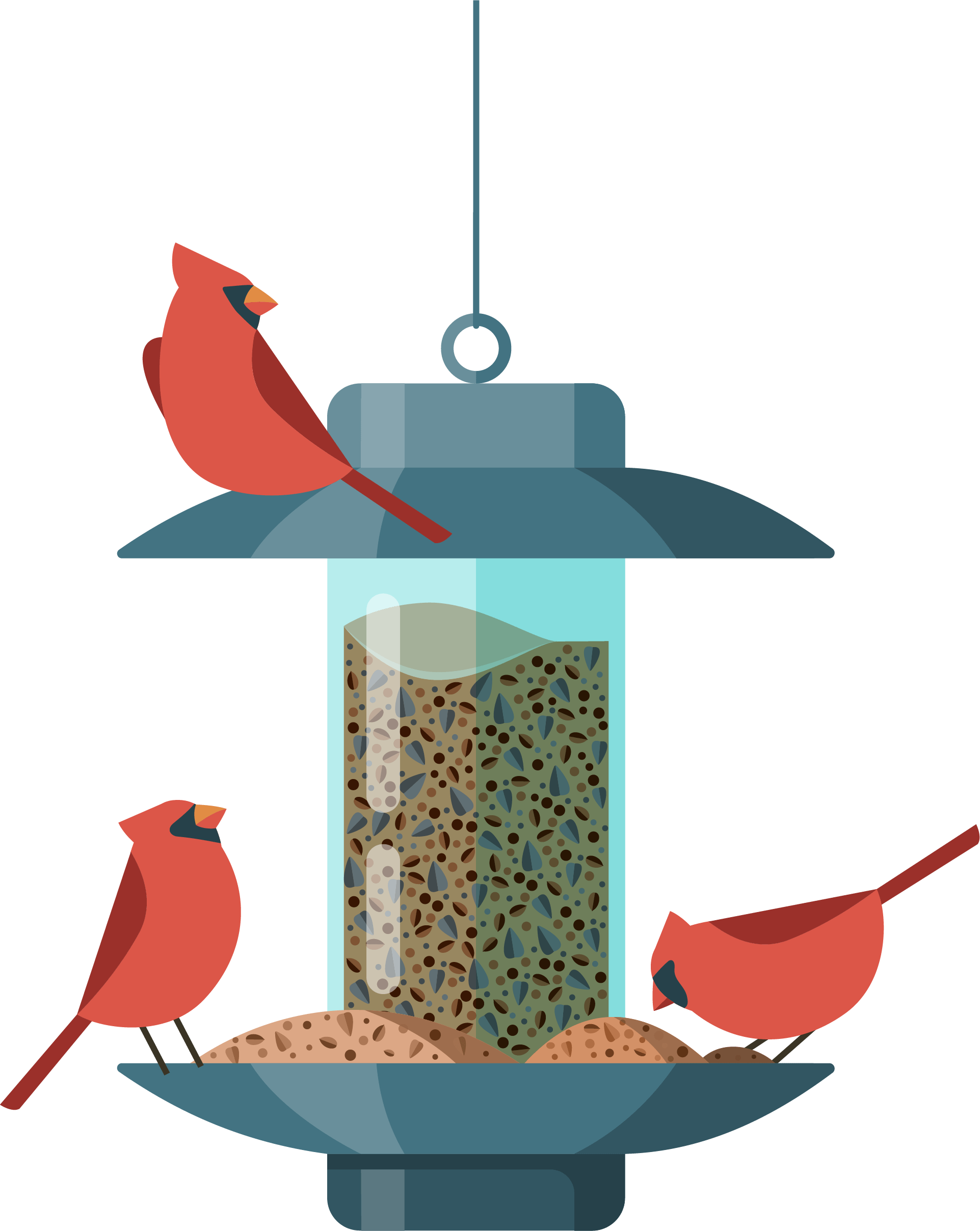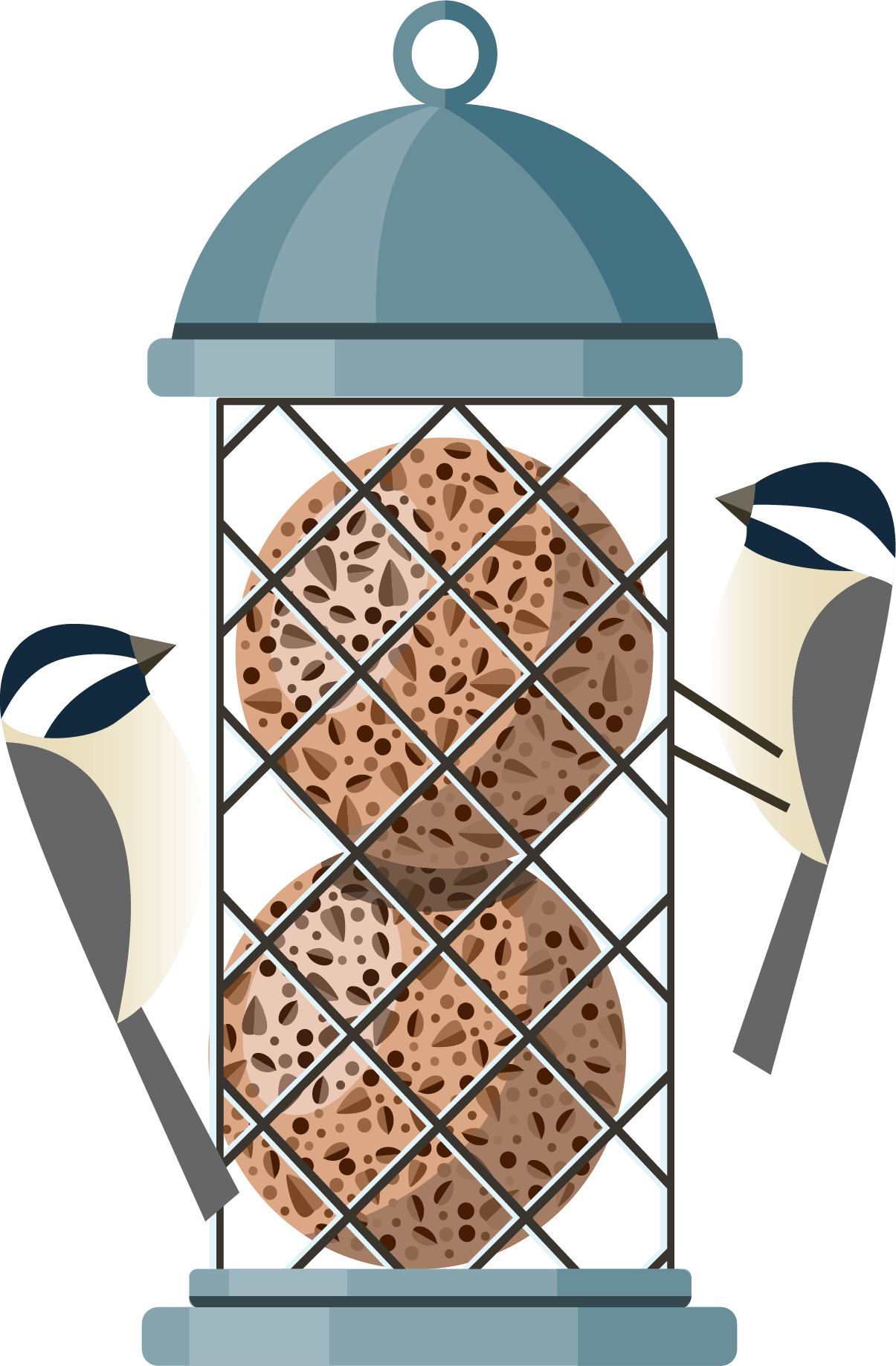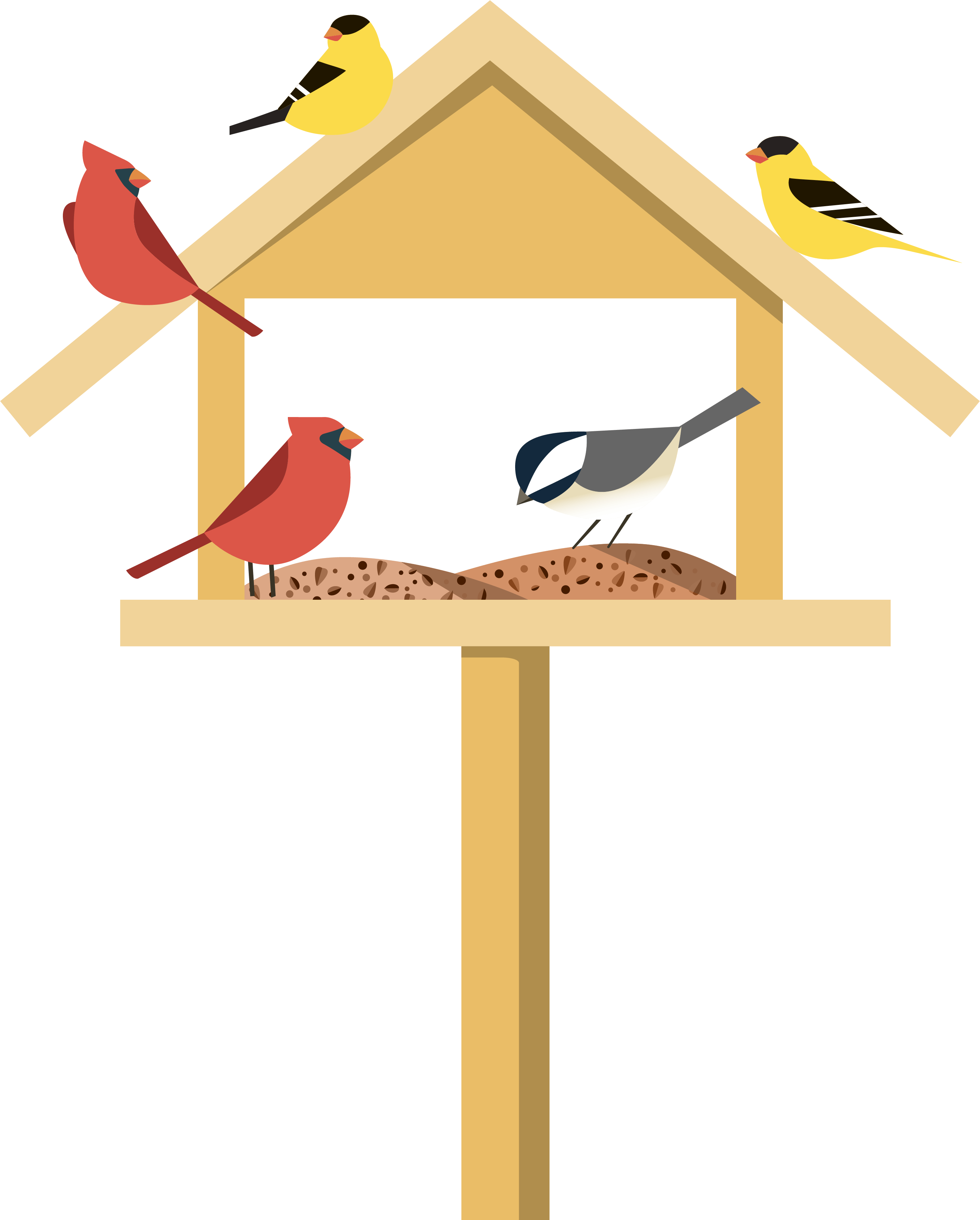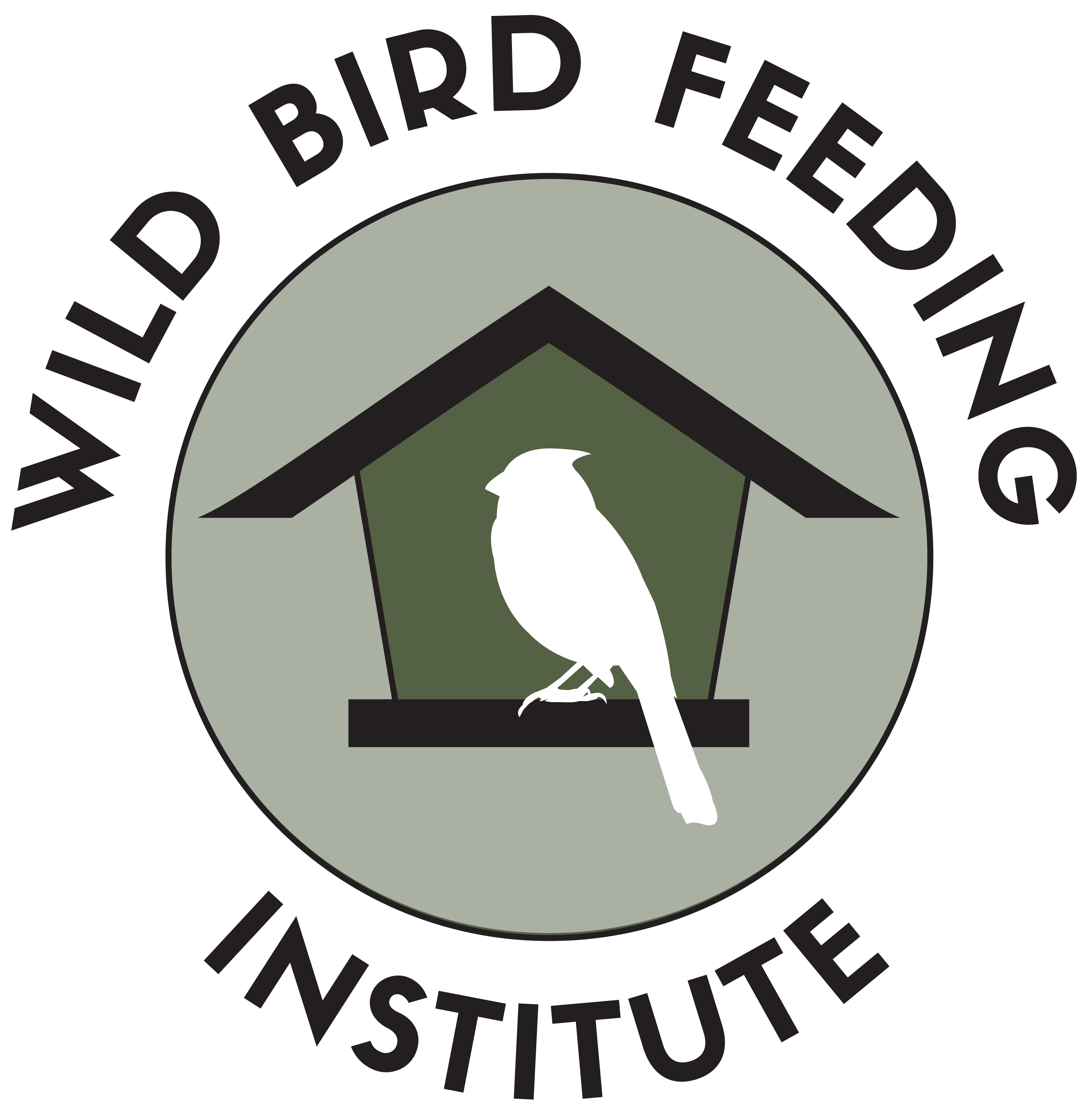Create a Sanctuary for Birds

Complete the form above if you would like WBFI's internal staff to customize this document, get your approval, and send to the printer to then ship directly to your address! Please expect a 3-week turnaround for this.
step
1
Put out the welcome mat!

Habitat loss is the biggest challenge facing birds. To help, make your neighborhood more attractive to birds:
- Landscape with native plants to provide natural food sources, including vital insects, shelter from the elements and predators, and nesting sites.
- Leave the leaves! In fall, don’t remove all the leaves and dead plant material – this gives your yard a more natural look, helps insects survive the winter, and is valuable foraging habitat and cover for birds.
- While a well-manicured lawn provides for environmental cooling and CO2 exchange, native plants are ideal for providing habitat. Convert some of your lawn to native plants and consider adding flowering plants like clover to your grass to help pollinators.
- Feeders, nest boxes, and water sources also benefit birds. Bird feeders provide an important year-round supply of food. Actively maintained water sources will attract a larger variety of birds and are especially important in colder climates.
Resources:
- Local wild bird food retailers, nature centers, garden centers, & land trusts
- Wild Ones
- Audubon’s Plants for Birds
- WBFI’s Create a Backyard Sanctuary Guide
step
2
Prepare a banquet for birds.
Provide appropriate foods year-round to attract more birds to your yard and help ensure that they have a safe and nutritious diet. To maximize birds’ use of your yard, keep feeders full to make your yard a part of their routine and provide a variety of feeders and birdbaths because birds have different feeding preferences. Look for the WBFI Quality Standards logo when purchasing bird food to ensure quality products that will attract the birds you want.
Resources:
step
3
Keep feed & feeding areas clean

Clean feeders and feeding areas at least once a month to keep your birds from getting sick. Generally, plastic and metal feeders are easy to clean. When it comes to feeders, keeping it basic is best. Look for the WBFI quality standards logo to ensure you are investing in a quality product. Feeders can be rinsed with a 10% solution of bleach and warm water. Scrub birdbaths with a brush and replace the water every 3-5 days to discourage mosquito reproduction. Rake up and dispose of seed hulls under feeders and consider moving feeders periodically to prevent waste buildup. Always keep seed and foods dry and discard any that is wet, moldy, or smells musty. Hummingbird feeders should be cleaned every 3-5 days and every other day in warm weather. And don’t forget to wash your hands!
step
4
Keep cats indoors.
Together, owned and unowned cats that roam outdoors kill 2.6 billion birds a year in North America. This is a huge problem, but you can make an impact by keeping cats indoors and refusing to feed or shelter unowned cats. Indoor cats live longer, healthier lives, and keeping them inside makes your yard safer for birds and mammals. Cats allowed to roam outdoors can spread a number of serious diseases to people, including toxoplasmosis and rabies. Collar bells, de-clawing, and keeping cats well fed will not solve this problem, but you can still let your cat outside on a leash or in a variety of enclosures called “catios”.
Resources:
- American Bird Conservancy’s Cats Indoors Campaign
- Cat Wars by Pete Marra
step
5
Birds & chemicals don’t mix.

While valuable for protecting plants from disease and insect damage, pesticides, herbicides, and fungicides may be toxic to birds. A chemical-free yard is safest, but at a minimum avoid using these products where birds feed, bathe, or rest. Ensure that you are using high quality seeds like those that follow the Wild Bird Feeding Institutes guidelines to ensure purity and finest nutrition. Always follow directions provided by chemical manufacturers.
Resources:
- Local bird food retailers
- American Bird Conservancy’s pesticides at home page
step
6
Reduce window collisions.
Collisions with glass windows kill up to 1 billion birds each year in North America. Windows are deadly because: 1) they reflect vegetation/sky and/or 2) are clear and birds think they can fly to what they see on the other side of the glass – an especially dangerous situation if you can see habitat on the other side of the building or have large indoor plants. To reduce collisions, add bird-friendly patterns to the outside of your windows or add permanent insect screens to prevent reflections. Start by treating windows where you have witnessed a collision and windows across from bird feeders/baths – also consider large, reflective windows. Visit the American Bird Conservancy’s site for a list of products you can use to reduce collisions.
Resources:
- American Bird Conservancy’s Glass Collisions Campaign
